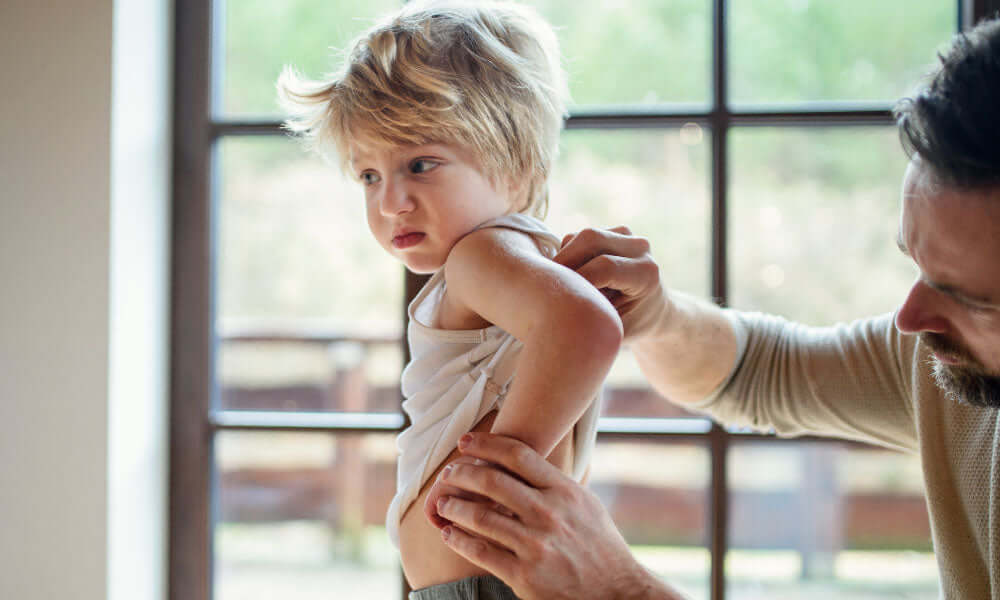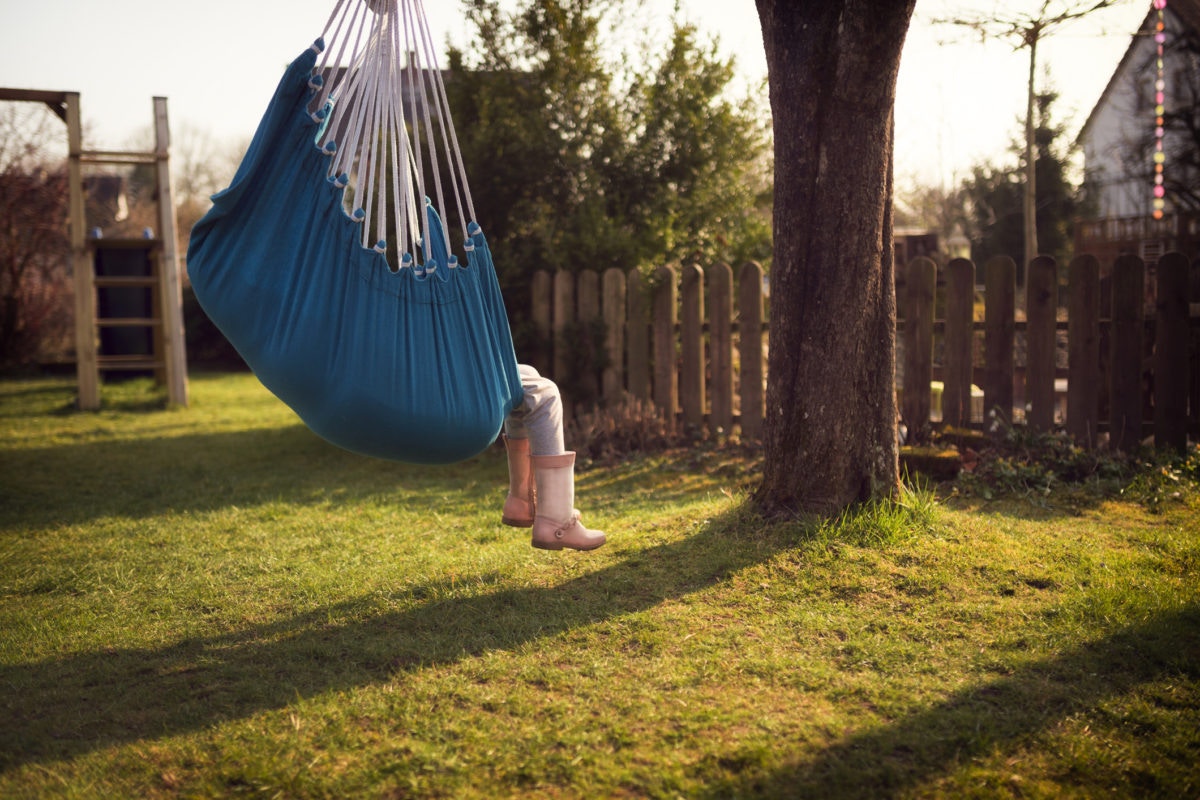We only have one Earth to pass on to our little ones. With a rapidly changing world, it’s our responsibility to take our children’s future into consideration when teaching them to be good citizens of our planet. Small continuous efforts now will pay character-development dividends throughout their lives. Here are some ways to show your child how to be a part of the solution, not the pollution!
We are good citizens at home
A great way to begin teaching environmental awareness is right in your own home. April is the perfect month to introduce environmentalism to your little one and instill beneficial future habits.
Grow your child’s awareness by implementing a reduce, reuse, recycle policy in your household. Actively reducing waste, reusing containers and setting up recycling bins at home is easy and shows your child the basics of the three Rs. Be sure to express clear and concise instructions while ensuring follow-through with redirection. This activity can be followed up with a conversation about how excessive waste and littering can be harmful to the environment and its wildlife. PBS has a great video to incorporate into the conversation.
Help your children learn about caring for wildlife by providing safe spaces for them in your own backyard.
- Build a bird feeder: One way to observe birds is by making a bird feeder. All you need is a few pine cones, seed butter or vegetable shortening, bird feed and twine or string. Preschool Inspirations has a great explanation of the process.
- Plant flowers for pollinators: Bees and other pollinators are vital to our Earth's ecosystem. By planting flowers, you can attract these amazing catalysts right to your door to allow your child to observe and appreciate them.
- Set up a squirrel house: Squirrel houses are similar to bird houses, but with more room and larger access points. Squirrels, often called nature’s gardeners, play an important role by taking seeds and planting them for future growth.
Reading is another way to develop a love for being a good citizen both toward the environment and toward others.
- “Beautiful Oops!” by Barney Saltzberg teaches children not only about accountability but also that you can use any material to make something beautiful with some extra effort.
- “I Can Make Good Choices” by David Parker shows children the differences between choices and how to select the best option. This can be related to how sustainable choices can make the world a better place for everyone.
We are good citizens in the outdoors
By venturing outside your home, your kids can learn about the amazing things the open environment has to offer. Start your journey by simply playing in the fresh air. To burn off some energy, play a game of hide and seek or bring out your children’s favorite sports equipment. You can also play “I Spy” with different items found in nature. Show them it can be fun to get muddy and grassy, and that they are allowed to get dirty.
Next, consider planting a vegetable garden, which offers another connection to nature. Not only is the process of planting a bonding experience, it can also be extremely educational. This step can add additional value to your environmental experience by allowing access to organic, homegrown produce, thus limiting the waste of grocery store products.
At Kiddie Academy, we plant trees each year in celebration of Earth Day. It’s an activity that can easily translate into an at-home learning opportunity along with planting flowers and other plants.
We are good citizens in the community
Volunteering improves self-confidence and instills a sense of pride and identity. Try to volunteer as a way to get in touch with nature. Many towns and cities host city beautification days where you and your child can participate in trash cleanup before it reaches the ocean and wildlife.
Repurposing is an easy way to bring your household efforts into the world. You can repurpose both inside and outside your home. Start by assessing what items in your house need attention. This can be anything from repainting old furniture or reshaping cardboard boxes into a fort. You can also donate toys, clothes, household appliances, furniture and things you don’t use anymore. In return, you can buy items that no longer serve a purpose to the original owner. Try shopping at markets, consignment stores or garage sales with your child.
Earth is one thing we all have in common, so let’s share its importance with our little ones. By incorporating some of these ideas into your lifestyle, you can model and practice environmentalism and make it an integral part of your child’s routine. Remember, one is never too small to make a difference by being a good citizen.



